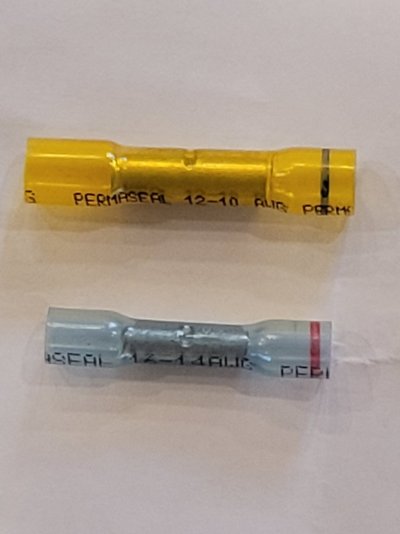paulga
Guru
- Joined
- May 28, 2018
- Messages
- 1,383
- Location
- United States
- Vessel Name
- DD
- Vessel Make
- Marine Trader Sundeck 40'
I want to source power from a dc distributing hub located on the portside. This hub is close to where the appliance (diesel heater) will be installed. This hub supplies power to the bow and stern thrusters. I have some ancor 10awg wires from amazon. The heat shrink terminals that I have are 10-12g with stud size 8, which falls small for the screws on that hub.
1. should I get a 8g lug terminal connector with a bigger ring hole to connect to the dc distributing box?
2. I want to install a recessed circuit switch on the cabin wall, like this toggle switch. Is there a round low key switch with an led indicator?

1. should I get a 8g lug terminal connector with a bigger ring hole to connect to the dc distributing box?
2. I want to install a recessed circuit switch on the cabin wall, like this toggle switch. Is there a round low key switch with an led indicator?

